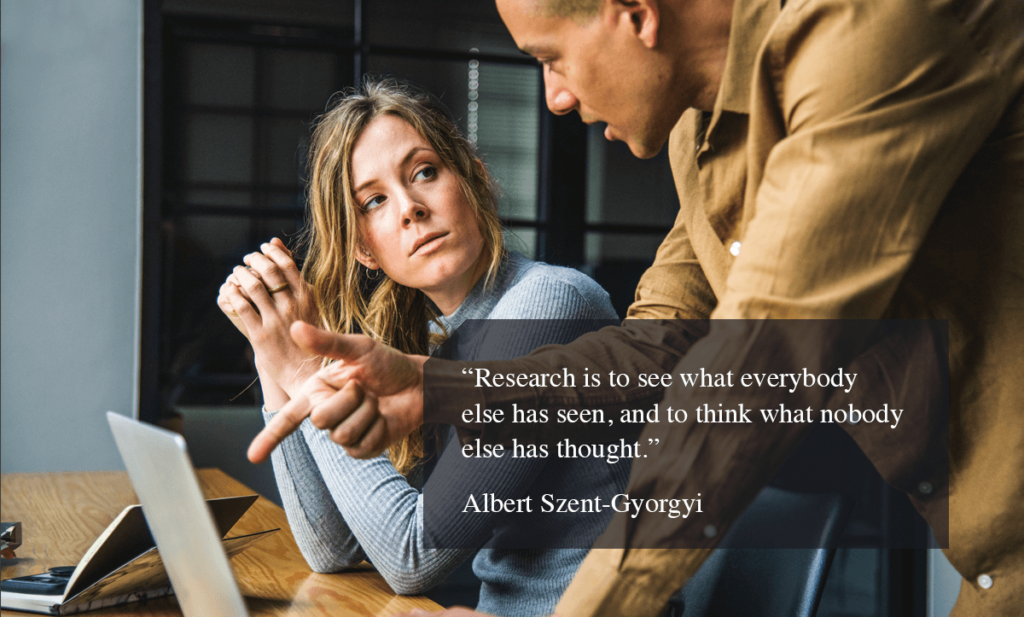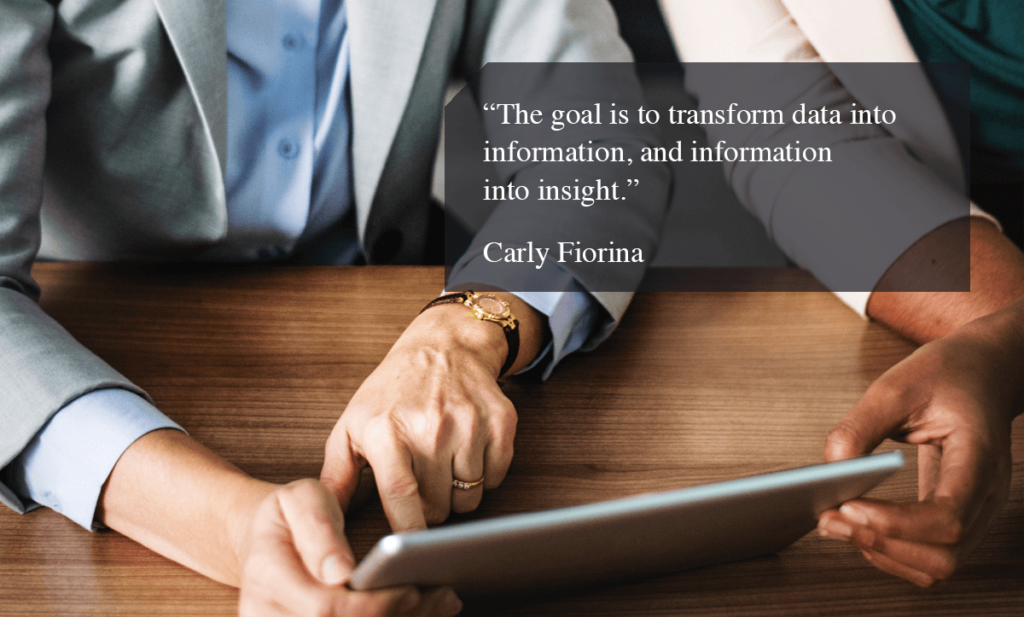Survey & Feedback
7 Things About the Data Collection Process Your Boss Wants To Know (A Step-By-Step Guide)
Article written by Mathew Maniyamkott
Regular contributor to various magazines. Passionate about entrepreneurship, startups, marketing, and productivity.
10 min read
19 September 2025

As with most important things, there are many factors that you need to keep in mind while outlining your field data collection process.
For example, field data collection usually comes with demographic restrictions and, along with it, a few associated problems too.
In addition, there are logistical challenges in terms of access to the right equipment, tools and making sure they work at the right time.
Now, you have selected the field data collection method and gone over the data collection process. So, here are the seven things that your boss ought to know to ensure that everything goes smoothly while gathering data.
What are the Seven Steps in the Data Collection Process?
Step 1: The Plan
A good data collection procedure starts with a survey plan. It is easy to go overboard on the questions. But there are only three guidelines to keep in mind while framing the questions:
- What exactly is the objective of this field data collection exercise?
- What information do you have on hand?
- What information will you need to use?
Once you’ve drafted the questions, the next task is budgeting. This task is related to the first point because the number of questions is directly proportional to the cost.
Consequently, every extra question adds up to the price. Additionally, the budget should also cover the cost of tools, survey design, incentives, and resources.
Related: How field data collection became everyone’s best friend.

Step 2: The Survey
Survey design significantly impacts the field data collection procedure in terms of the number of respondents and how the data is collected, processed, and analyzed.
Backing your data with an advanced data collection and online survey tool is crucial. But that’s not an issue today, right? We have countless software in the market. What matters, though, is choosing the right one for you. Ultimately, you need a platform that will help you streamline the entire process while reaping responses.
We’ll come to this in a bit.
Before that, here are some of the best practices that you need to follow:
- Include only the questions relevant to your research audience and survey. Try to avoid optional questions if you can.
- Use straightforward language. It should be understandable at a glance.
- Remember that the respondents want to complete the form as quickly as possible, so you need to use simple language. Do not use jargon unless your audience knows the terminology and it is necessary.
- List questions in order.
Read More: How to Write Survey Questions That Will Get You The Exact Answers You Are Looking For

Step 3: The Tools
Paper or mobile? It depends on your audience.
Mobile data collection is faster, eco-friendly, and more economical at first glance. But some situations call for paper surveys – especially if you’re in a poor network zone, like a restaurant, theater, or remote town.
- In case of the latter, consider using offline survey apps. Your team can collect the info on hand-held devices, store the data in the cloud, and upload it to the platform once they are back online.
- Suppose your respondents are people with visual disabilities. In that case, you can collect the data using Braille surveys and upload the data to an online survey tool for analysis.
Mobile field data collection has many advantages, including significant error reduction, real-time reporting, calculators, conditional questions, etc.
Moreover, mobile-based field data collection is cheaper (and not only because it saves on paper). It also cuts the expense of people working long hours on the survey design, data collection, and analysis.
How to Reap Responses
But, engaging your audience is a Herculean task. Our attention spans have plummeted in the last 20 years. You need to build forms that talk to your audience. If, by sheer luck, you catch hold of their focus, maintaining it becomes the next hurdle.
But don’t worry, we have the solution for everything.
Let me give you the example of SurveySparrow. The platform helps you create conversational forms that grip the audience, raising the possibility of a 40% higher response rate. That’s not it. You can customize the 1000+ pre-designed survey templates, create one from scratch, use the AI survey feature, or use the ChatGPT plugin.
The options are endless!
Let’s assume you own an online bakery that sells finger-licking donuts. Now, first-time customers wouldn’t know how heavenly they are, right? Where can you make a difference? You can start with the order-taking forms and trigger those sweet tooths!
Donut Order Form Template
Use This TemplateDid you like it? If you find that engaging, you can access more by signing up.
Once you have the form in hand, share it via multiple platforms, collect data, and visualize it on the executive dashboard, analyze and make informed decisions based on the insights gained. All this in a single platform!
So, now, since that’s sorted, let’s get to the next point.
Step 4: The Features
Creating complex forms becomes a necessity when you are in a business that handles a lot of data.
That is why you need powerful form creation tools to smoothen the process of field data collection and analysis. Check out our blog post for the top features that you need to have in your data collection app.

Step 5: The Test
Many things can go wrong while data gathering during field research – especially if you are using a new tool.
For example, the software can go kaput; there might not be enough connectivity, and so on.
So, do you have systems to test the field data collection process? Do your respondents have the opportunity to report problems quickly?
Testing the field data collection method is time-consuming, but it can save you a lot of time later on if done right. When done, again and again, these steps will become second nature. That is why you must reduce any friction by testing the field data collection process in advance.
Step 6: The Resources
Getting feedback from customers using the field data collection process is a long-drawn approach. A lot of work goes into achieving this.
So at the most basic level, the resources that you would need for your field data collection process includes –
- A designer to design the surveys.
- A copywriter to research and craft the questions and answer options.
- Technical personnel a.k.a. the person who can work the survey software and solve any issues that might crop up.
- An analytics expert to draw insights from the data.
Of course, time is of the essence in research. Online survey tools like SurveySparrow have customizable survey templates and analytics dashboards. These features are easy to use, and can save you a lot of time on the data collection process.

Step 7: The Report
Here are the tasks that you need to do at the end of the field data collection process.
1. Give and get feedback on how it went.
- How did the entire survey process pan out?
- Are the data collection methods used fool-proof?
- How can the data collection process be improved?
- How did the respondents react to the offline survey form on the device?
- What were the challenges of the field survey?
- Does your team need extra training or resources to overcome those challenges?
2. Process the data
- If the survey was taken using paper, the information needs to be input on an Excel sheet.
- If it was on a mobile device whose data was subsequently saved into the cloud, you need to export it.
3. Analyze the data. Online survey software like SurveySparrow has dashboards to help you visualize the numbers as graphs, charts, and word clouds. Give them a try and see how they help save time on analysis.
4. Distribute the findings. Once you have analyzed the results, the next step is to distribute them to various stakeholders, including your clients (and respondents if you want). The charts, maps, graphics, and reports can help you tell a compelling story with the data.
Conclusion
You can’t build a quality product without some quality data. And while it would be great if the data we need were all available online, that’s not always the case. That’s where gathering field data becomes vital.
For example, Google Home and Echo Dot, which use speech recognition technology, would not understand the speech of different ethnicities and accents without the data from field research.
Furthermore, there’s nothing like going out and observing our environment first-hand. That’s why the best insights come from field data collection. So choosing the proper field data collection method and outlining your data collection process is of prime importance.
In this article, we’ve talked about the various steps to outline your data collection process. It will help you immensely when you present the research plan to your boss. Good luck!
And before you go, don’t forget to give SurveySparrow a try. Reach out to us if you have any queries!

Create conversational surveys with SurveySparrow
A personalized walkthrough by our experts. No strings attached!

Create engaging surveys that people actually complete. Try SurveySparrow now!
Mathew Maniyamkott
Related Articles

Survey & Feedback
Having awful meetings on an otherwise nice day? Let’s change it
3 MINUTES
17 July 2020

Survey & Feedback
Conversational Feedback: Your Guide to Conversational Surveys
9 MINUTES
19 September 2022

Survey & Feedback
How Can Survey Platforms Be Used in Real Estate Practices?
9 MINUTES
15 April 2020

Survey & Feedback
Typeform vs Google Forms vs SurveyMonkey: Detailed Comparison in 2024
15 MINUTES
13 October 2020
